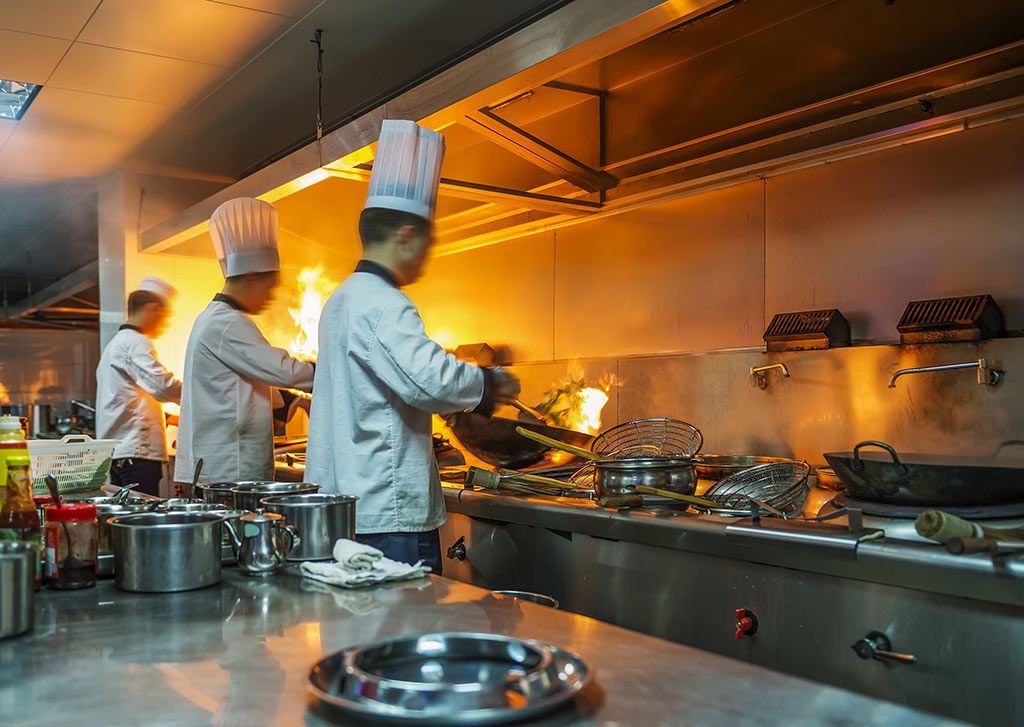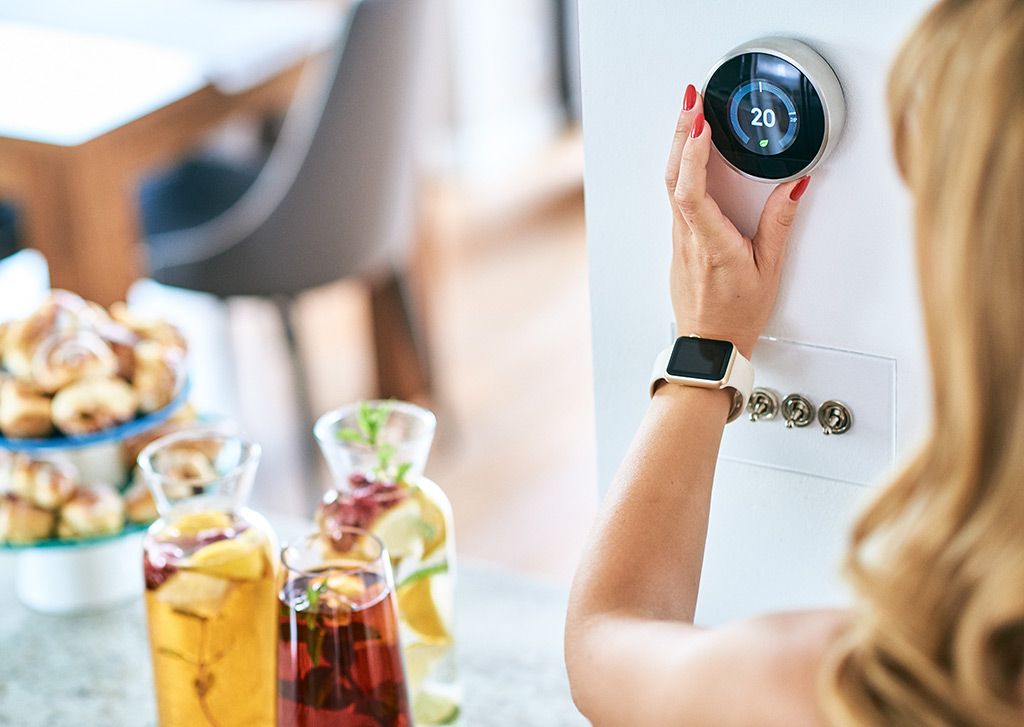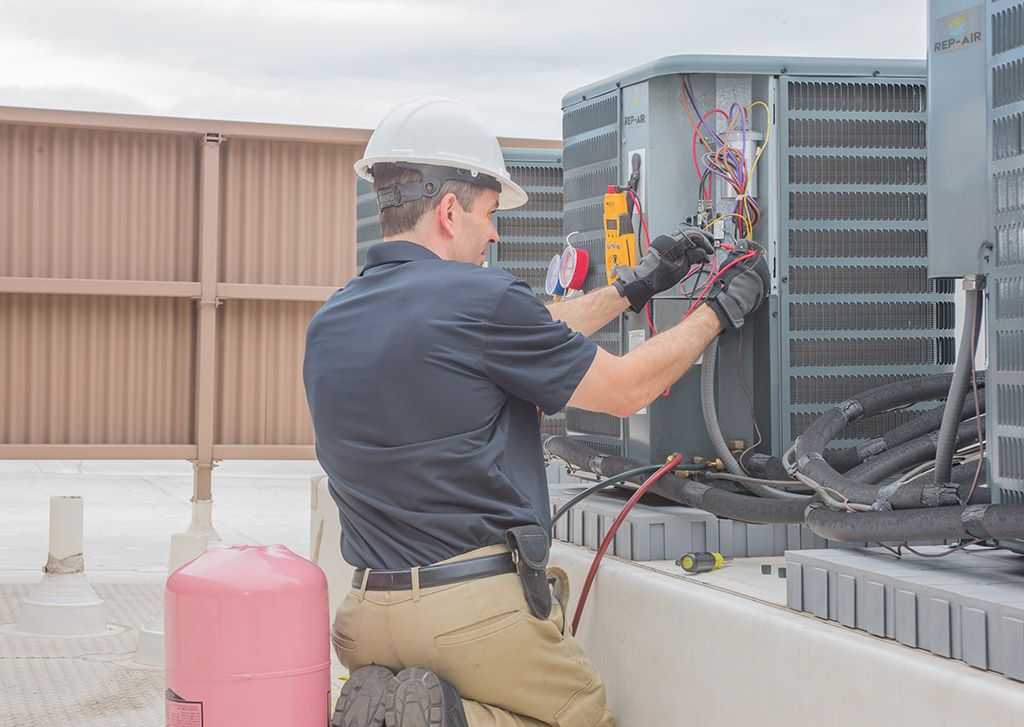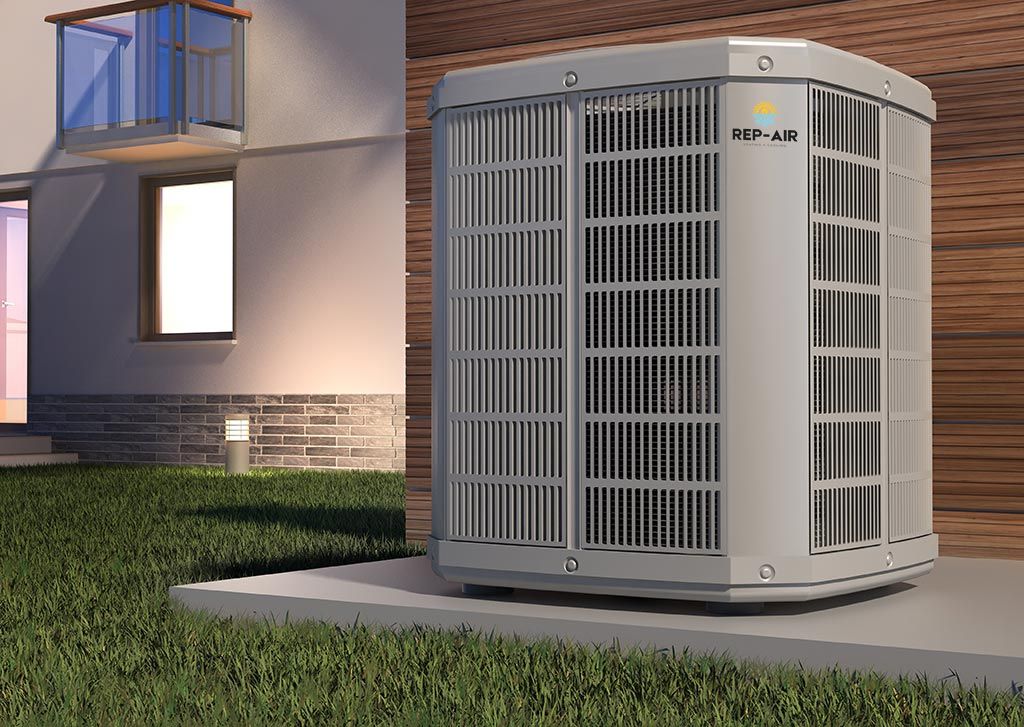4 Benefits of Smart Air Conditioning
Inside the air conditioning market there are a lot of cool new models and systems to keep everyone at a comfortable level of temperature. While this season is the busiest time for all of us, that shouldn’t stop you from investigating the market (in fact, you may find a system you want to receive when the low season arrives—it happens!). One trend you may notice among the newest models is the label ‘smart’. What exactly does that mean? Simple: it means the system relies on newer technology as opposed to outdated components.
While we all wait for the temperature and cost of air conditioning to go down, we thought it would be worth examining smart air conditioning. Here are four benefits of investing in this cooling solution for your home.
- Extra convenience
The biggest difference between a smart A/C and a regular air conditioner is that rather than having to be present to manually adjust the thermostat, you can control the temperature with your smartphone or a mobile device. If you’re away from home or the office, you can adjust the temperature to the correct level it needs to be in while you’re gone, and then when you do get home you can readjust accordingly. What this does is it decreases the wear and tear on your air conditioning unit and extends its lifespan a little more, because it won’t be on at full blast when no one is home.
- Improved energy efficiency
One of the biggest drawbacks of having non-smart HVAC is you absolutely have to be present in order to change the thermostat to a temperature that won’t make your expenses skyrocket. If you’ve left your home only to realize you forgot to change the thermostat beforehand, you’ll end up late to other pressing matters such as work or travel. Unless you can get a neighbour, a family member, or in business cases a staff member to change the thermostat for you, expect to find a very high, very unpleasant energy bill in your mailbox.
This is one of smart A/C’s biggest benefits since it enables you to control the system’s temperature remotely as opposed to manually. You can also program the air conditioner to best accommodate your current schedule and lifestyle too. Anytime there’s a change to your schedule or lifestyle and the settings need to be changed, you can simply adjust them on the thermostat or remotely when you’re not present at home or work. What this all boils down to is you are able to cool off your home or the office with utmost efficiency, and you save energy in the process.
- Auto-restarting
Most smart air conditioners in the market come complete with an auto-restart function. What this feature does is it allows you to restore the settings of the A/C simply by pushing a button. This function is especially handy if, say, the power goes out during a thunderstorm. Being able to auto-restart after this type of fluctuation not only enhances your office or home’s comfort level, but also it protects the unit from being affected too greatly from power surges.
- Compatibility
Lots of homes nowadays own voice-activated systems such as Google Home, Alexa, and Siri. If you own and run a smart air conditioner, it can communicate and be compatible to communicate with other smart devices such as these. That’s because unlike manual air conditioners, smart ones are connected via Wi-Fi, enabling you to access all of the aforementioned benefits covered such as remote control of the thermostat and pre-programming. You can opt in to receive e-mails from the system so you are notified of any alerts in the event your temperature is failing or rising outside of the normal range. You can be notified of power outages and disconnection from the network, too.
The 1 Downside: Expense
While smart A/C certainly has its benefits, the one downside to these systems is they are still fairly new on the market, so you’ll be paying quite the price for these listed features. For example, a smart 8,000 BTU air conditioner can cost up to $330 or more, whereas a non-smart, 10,000 BTU model may cost $30 less than that.
If you want to remotely control the air conditioner you already own, there are a few smart home devices that can help you keep around your home or office. Some of these come with built-in thermostats and can send commands to your A/C through infrared signals. Most of these smart home devices can cost around $100, and they’re good options if you’re looking for remote control or if you’re buying a smaller air conditioner.
So, now you know more about smart air conditioning. If this option sounds like the perfect match to your lifestyle and schedule, call our professional team of technicians to get one properly installed. Or, if you want to learn more, you can just ask us! At Rep-Air Heating And Cooling we provide our customers with many options that will best suit your needs from heating and cooling to refrigeration. Contact us today for your complimentary quote: 1-844-218-3362 or contact@repairheatingandcooling.com and don’t forget to take a look at our website: https://repairheatingandcooling.com. Follow us on Facebook and Instagram for free giveaways!










